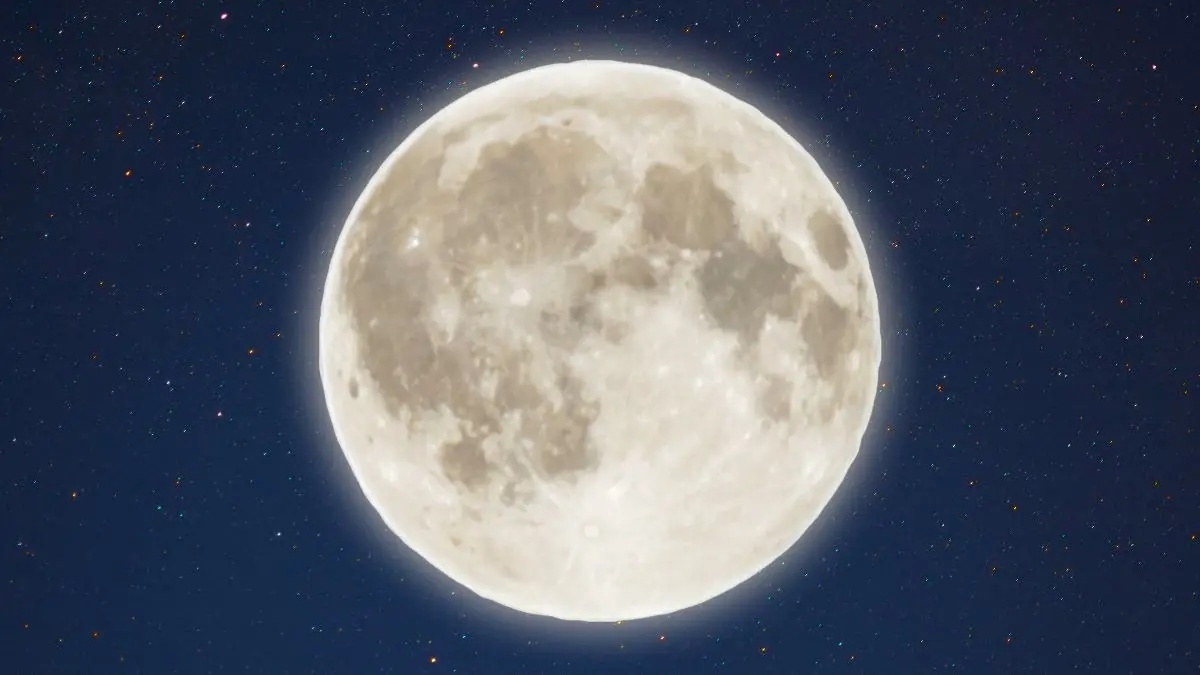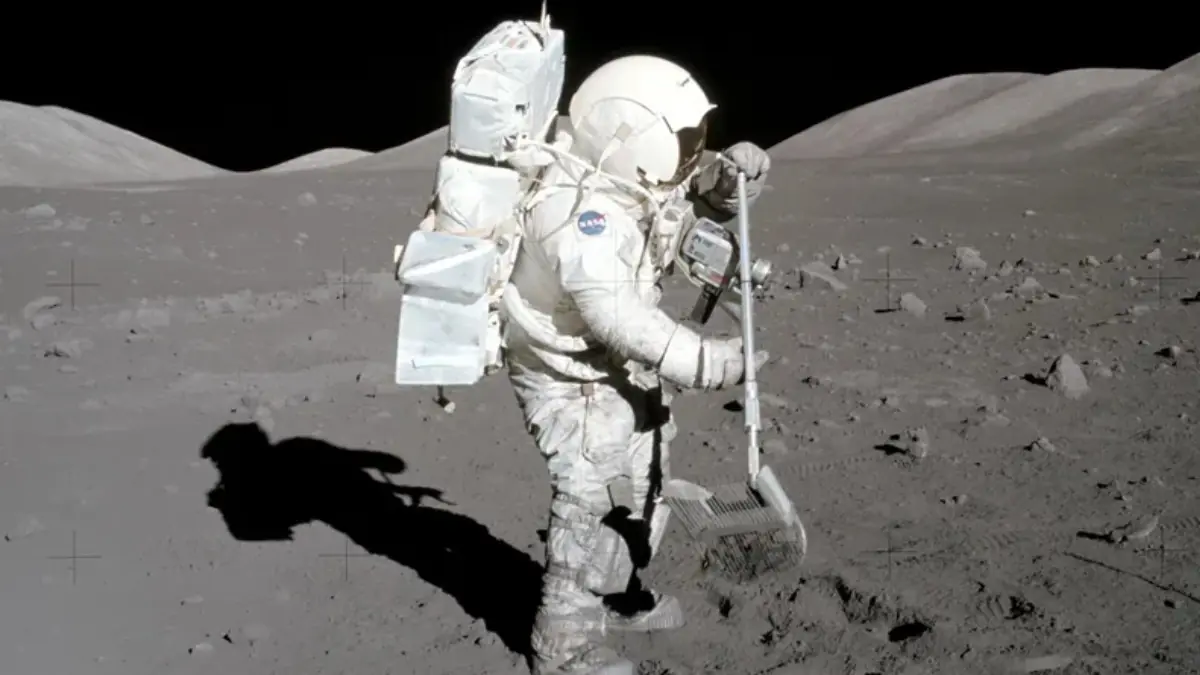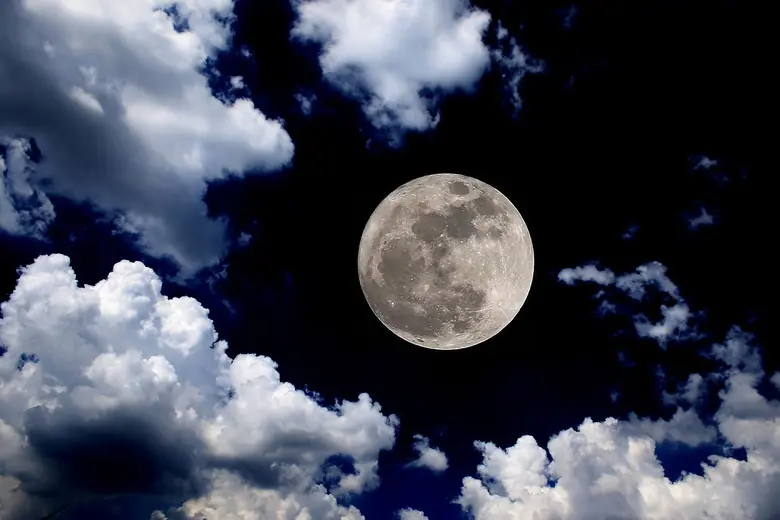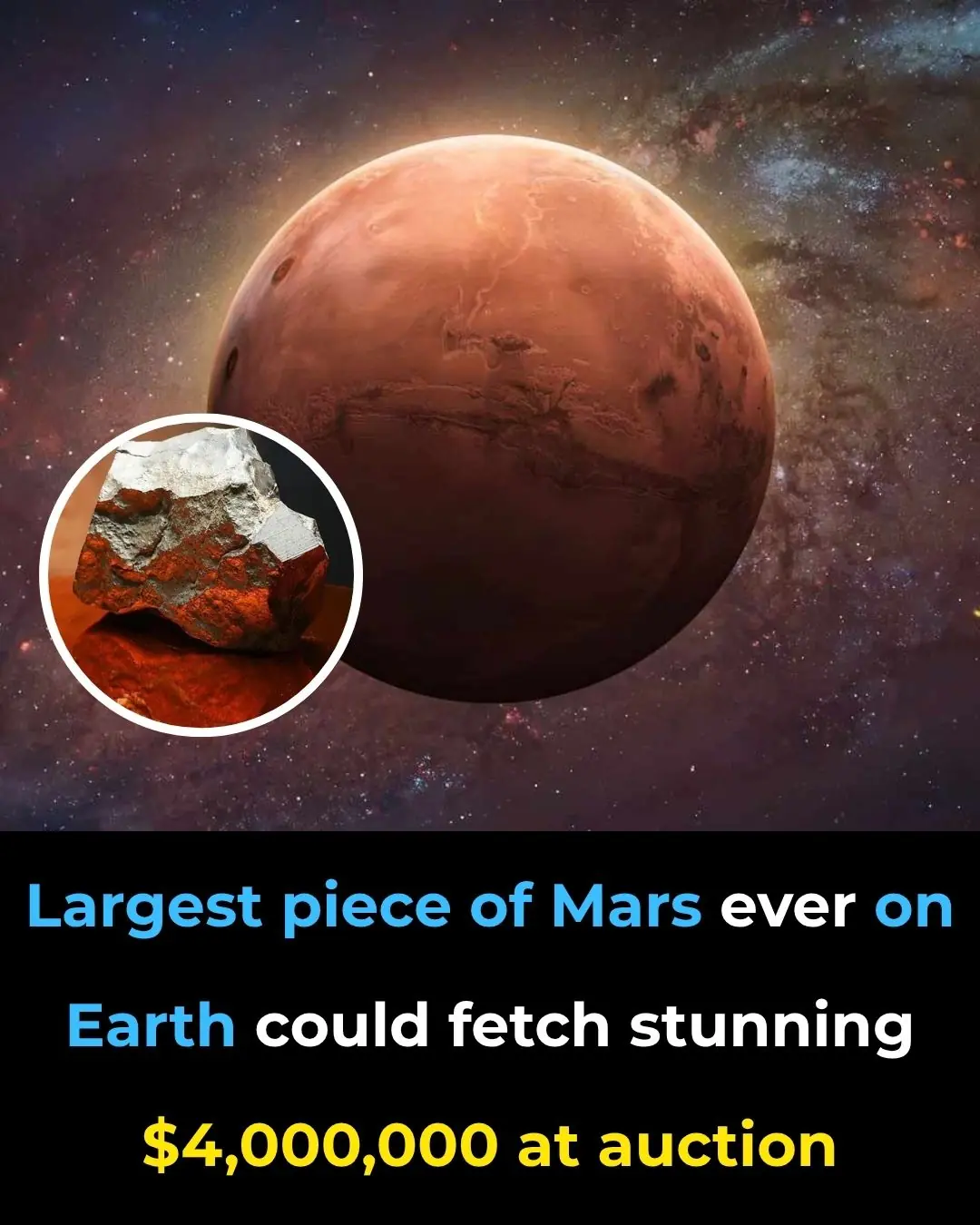
Lunar Breakthrough: China Extracts Water From Moon Soil in Sh0cking Quantities!
In a groundbreaking development for space exploration, Chinese scientists have successfully produced significant quantities of water using soil from the Moon. This marks a major step toward the long-term goal of building a sustainable human presence on Earth’s only natural satellite - and eventually, beyond.
With water being the foundation of life and one of the most critical resources for survival in space, this breakthrough could reshape how we approach long-duration lunar missions and interplanetary travel. The method, based on heating lunar soil samples collected by China’s Chang’e-5 mission, offers the tantalizing possibility of generating drinking water, supporting agriculture, and even manufacturing rocket fuel on the Moon.
“The Moon is no longer just a target for exploration - it's quickly becoming a resource hub for future missions,” one space analyst commented following the announcement.

Water in Space: The Biggest Challenge
Water is indispensable in space missions - not only for drinking and hygiene, but also for growing food, producing oxygen, and generating hydrogen-based fuel. Currently, all the water used aboard the International Space Station (ISS) is either sent from Earth or recycled. But sending water into space is extremely expensive, costing thousands of dollars per kilogram.
As space agencies plan permanent bases on the Moon, and eventual crewed missions to Mars, the ability to produce water on-site becomes a mission-critical capability.
“We won’t get to Mars and beyond without reliably producing enough water for the entire crew,” emphasized a recent space policy report from the European Space Agency (ESA).
That’s why the recent discovery from Chinese researchers is making global headlines.
Turning Moon Dust into Water: How It Works
According to a report from China’s state broadcaster CCTV, scientists from the Chinese Academy of Sciences conducted experiments on lunar soil samples brought back by the Chang’e-5 mission in 2020. Their findings, verified by Reuters, indicate that the Moon’s soil contains minerals rich in hydrogen.
The process involves heating the lunar soil to extremely high temperatures, triggering chemical reactions when the minerals interact with other added elements. The outcome? Water vapor, which can then be condensed and collected as usable liquid water.
“The soil reacts at high heat, and the chemical interaction produces water vapor that we can harvest,” explained a scientist involved in the research.
Remarkably, this technique could yield between 51 and 76 kilograms (112 to 168 pounds) of water, depending on the conditions. That’s equivalent to over 150 standard bottles of drinking water - and potentially enough to meet the daily drinking water needs of 50 people.

What We Still Don’t Know
While the results are promising, several critical details remain unclear:
- Energy Source: The process relies on high temperatures. But what kind of energy system would be needed to replicate this on the Moon, where resources are limited?
- Chemical Inputs: The scientists noted that “other elements” are required for the reactions. Would these need to be brought from Earth, or could they also be sourced locally on the Moon?
- Efficiency and Scale: How much lunar soil would be needed to sustain a lunar base of 5–10 astronauts? Could this method scale up to support hundreds of people in the future?
- Environmental Impact: Would this extraction process affect the lunar environment in unforeseen ways? Space agencies are under increasing pressure to follow planetary protection protocols, even on the Moon.
Strategic Implications: China’s Lunar Ambitions
This breakthrough is not just scientific - it’s deeply strategic. China’s space agency has ambitious plans to establish a “basic station” on the Moon by 2035, followed by a lunar space station by 2045. These projects will require substantial water supplies, either through recycling or on-site production.
“We are now entering a new era in space exploration, one defined not by flags and footprints, but by infrastructure and permanence,” a Chinese aerospace engineer commented to state media.
The United States and China are currently leading a renewed space race, with both nations aiming to establish dominance over lunar resources and technology. The U.S. is spearheading the Artemis Program, which aims to return astronauts to the Moon and set up long-term bases at the lunar south pole - believed to contain water ice.
China’s method of extracting water from regolith (lunar soil) could provide a competitive edge, especially if combined with solar-powered heating systems that make the process sustainable.

Moon Water and the Future of Rocket Fuel
One of the most exciting long-term implications of this technology is the potential to produce hydrogen rocket fuel on the Moon. Water (H₂O) can be broken down via electrolysis into hydrogen and oxygen - the same combination used in many current space launch systems.
This could one day transform the Moon into a refueling station for missions to Mars and other destinations in deep space. Instead of launching all supplies from Earth - a process that is both costly and inefficient - future missions could “top up” on fuel and water at lunar depots before heading further into the solar system.
“If China's method works as described, scientists might be able to turn lunar soil into rocket fuel. This is just speculation, however,” noted one analyst in an ESA briefing.
While speculative, the concept has been widely discussed in scientific literature. A Moon base capable of mining its own water and fuel would reduce costs, minimize launch weight, and enable more complex exploration missions.
Sample Origins and Next Steps
The Chinese researchers conducted their experiments using soil from the Moon’s near side, collected by Chang’e-5. Interestingly, China has also retrieved samples from the far side of the Moon through its more recent Chang’e-6 mission - a feat no other nation has accomplished.
Future tests will likely compare chemical compositions of near-side versus far-side lunar regolith, helping scientists determine which regions of the Moon are richest in usable hydrogen-bearing minerals.
This data will be essential in choosing the best locations for future lunar bases - not just for China, but for other space-faring nations as well.

Global Reaction and Collaborative Opportunities
Despite growing geopolitical tensions, many in the global scientific community have expressed admiration for the Chinese team's achievement - and called for greater international collaboration in lunar research.
“This is the kind of work that benefits all of humanity. A breakthrough like this deserves to be studied, validated, and possibly integrated into global space strategies,” said a European planetary scientist.
NASA and the ESA have both shown interest in in-situ resource utilization (ISRU) - the process of using local materials for human survival in space. China’s successful demonstration may help accelerate international investment in similar technologies.
Toward a Permanent Lunar Presence
As nations gear up for a permanent presence on the Moon, breakthroughs like this one will form the technological backbone of those efforts. Producing water from lunar soil shifts the dream of a Moon base from theoretical to practical.
From 3D-printing habitats using lunar dust, to growing crops in sealed biodomes, to harvesting water and fuel - humanity is inching closer to a sustainable space ecosystem that begins on the Moon.
“CCTV’s comments, as quoted by Reuters, indicate the scientific discovery is a big breakthrough for China's space interests.”
Indeed, what began as an exploratory sample-return mission has yielded results that could define the next era of human spaceflight.
Final Thoughts: A New Lunar Frontier
The Moon has always fascinated humanity - from ancient myths to the Apollo landings. Now, it may become something even more remarkable: a functional outpost and staging ground for humanity’s expansion into space.
China's success in producing water from lunar soil shows how innovation, determination, and science can transform seemingly barren alien landscapes into places where life and exploration are possible.
As the world watches the unfolding second space race, one thing is clear: The future of space may very well begin in the soil of the Moon.
News in the same category


Authorities Discover 1,600‑Foot Drug Tunnel Under Us–Mexico Border With Lighting And Rail System

Bill Gates Says Only 3 Jobs Are Safe From AI — Are You In One Of Them?

Here’s What It Really Means When A Man Turns His Back In Bed

If You See A Man With One Painted Fingernail, Here’s What It Means

This house looked like it was about to fall into itself until one family stepped in

Bill Gates reveals profession which will remain '100% human' even after AI replaces most jobs

People shocked after passenger filmed as their phone went through X-ray scanner at airport

Mammoth structures discovered beneath Africa could be 'ancient planet' 4,500,000,000 years old

YouTuber discovers 78-year-old woman who's been keeping her own world alive in a 'dead' game for years

If You See A Man With One Painted Fingernail, Here’s What It Means

Six Minutes Beyond Life: What I Saw After Dying And Coming Back

Hotel Warning: 3 Disturbing Signs You Should Never Ignore

Air India Crash Passenger Shared Eerie Clip Showing Total Power Failure Hours Before Tragedy

Could Psilocybin Be The Key To A Longer Life? Researchers Are Shocked

If You See A Fence Painted Purple, You Better Know What It Means – Knowing This Can Save Your Life

What Causes Those Strange Ripples In Your Jeans After Washing?

Expert reveals horrifying reality of what would happen if Earth's rotation continues to speed up

Largest piece of Mars ever on Earth could fetch stunning $4,000,000 at auction
News Post

Waking Up with Numb or Tingling Hands: What It Really Means (Science-Based)

Scientists Explain The Effects of Eating Too Much Sugar

Urgent Warning: U.S. Salmon May Be Infected with Japanese Tapeworm, Say Scientists

Earth Plunged Into Darkness For Six Minutes In Rare Event Not Seen In A Century

Brain Teaser: Can you identify the error in this family’s dining room photo in under 15 seconds?

Authorities Discover 1,600‑Foot Drug Tunnel Under Us–Mexico Border With Lighting And Rail System

Bill Gates Says Only 3 Jobs Are Safe From AI — Are You In One Of Them?

Here’s What It Really Means When A Man Turns His Back In Bed

If You See A Man With One Painted Fingernail, Here’s What It Means

This house looked like it was about to fall into itself until one family stepped in

Why Kidney Failure Is Striking The Young—And How To Stop It

Bill Gates reveals profession which will remain '100% human' even after AI replaces most jobs

People shocked after passenger filmed as their phone went through X-ray scanner at airport

Mammoth structures discovered beneath Africa could be 'ancient planet' 4,500,000,000 years old

YouTuber discovers 78-year-old woman who's been keeping her own world alive in a 'dead' game for years

Nurse Reveals The Spine-Chilling Truth About What Happens After We Die

If You See A Man With One Painted Fingernail, Here’s What It Means

One Month Before A Heart Attack, Your Feet Will Give You These 6 Silent Warnings

Six Minutes Beyond Life: What I Saw After Dying And Coming Back
